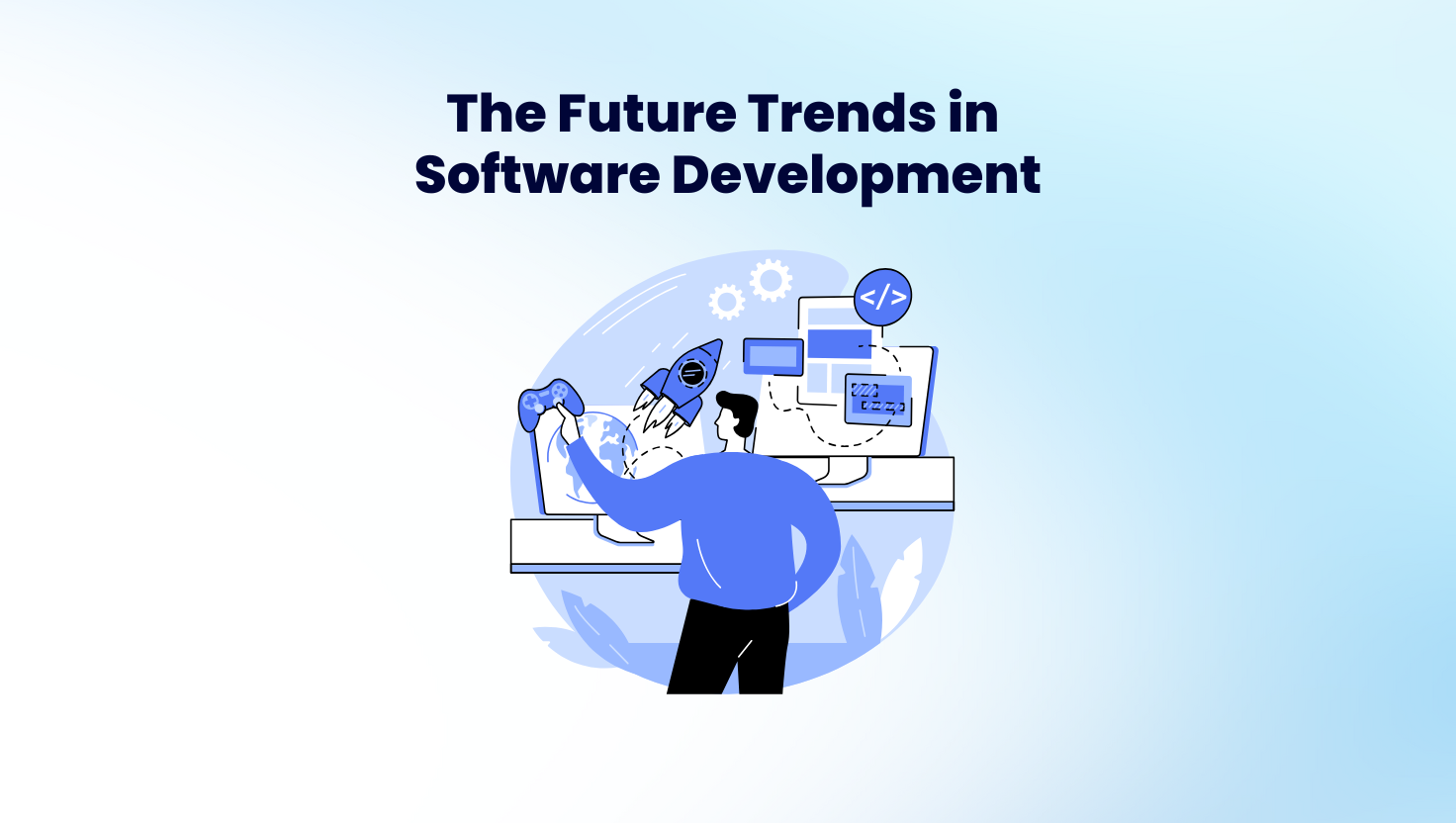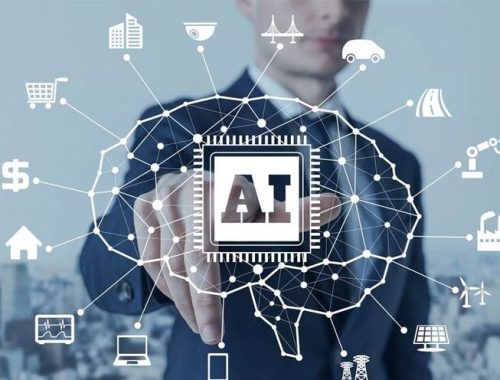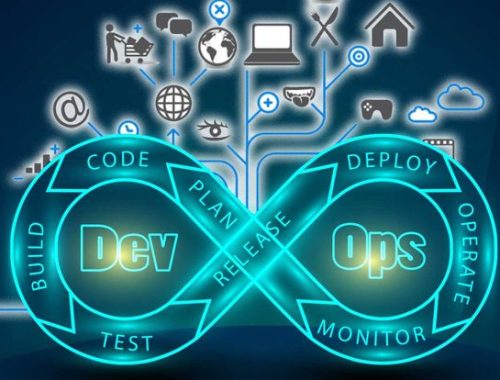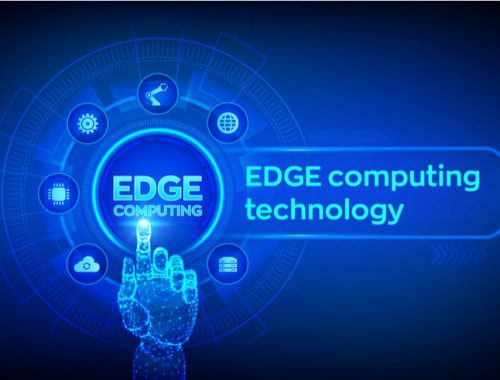
27 Mar The Future of Software Development: Trends That Will Shape the Next Decade
The software development industry is continuously evolving, driven by technological advancements, market demands, and changing user expectations. As businesses and developers prepare for the future, understanding emerging trends is crucial to staying ahead of the competition. Over the next decade, several key trends will shape how software is developed, deployed, and maintained. From artificial intelligence (AI) and cloud computing to blockchain and cybersecurity, this article explores the transformative forces that will define the future of software development.
1. Artificial Intelligence and Machine Learning Integration

Artificial Intelligence (AI) and Machine Learning (ML) are revolutionizing the way software is developed and used. AI-powered code generation, automated testing, and intelligent debugging tools are reducing development time and improving software quality. Additionally, AI-driven analytics enable businesses to create more personalized user experiences, optimize workflows, and enhance decision-making processes.
Advantages:
- Faster software development cycles
- Improved accuracy and bug detection
- Enhanced user personalization
Disadvantages:
- Requires large datasets for training
- Potential biases in AI models
- High computational costs
Example:
GitHub Copilot assists developers by suggesting code snippets based on context, significantly speeding up coding tasks.
2. The Rise of Low-Code and No-Code Development

Low-code and no-code platforms are democratizing software development by enabling non-technical users to build applications with minimal coding knowledge. These platforms provide visual interfaces and drag-and-drop functionalities, making it easier for businesses to develop applications quickly.
Advantages:
- Faster time-to-market
- Reduces dependency on professional developers
- Cost-effective for small businesses
Disadvantages:
- Limited flexibility for complex applications
- Security concerns due to reliance on third-party platforms
Example:
Bubble and OutSystems allow businesses to develop applications without writing extensive code, making development more accessible.
3. Cloud-Native and Serverless Computing

Cloud computing has already transformed the software development landscape, but the next decade will see an even greater shift toward cloud-native development and serverless computing. Cloud-native applications are designed to fully utilize the benefits of the cloud, ensuring scalability, flexibility, and cost-efficiency.
Advantages:
- Eliminates infrastructure management
- Reduces operational costs
- Enhances scalability and reliability
Disadvantages:
- Vendor lock-in risks
- Dependency on internet connectivity
Example:
AWS Lambda allows developers to run functions without provisioning or managing servers, optimizing cost and performance.
4. Blockchain for Secure and Transparent Transactions

Blockchain technology is increasingly being adopted in software development for secure transactions, data integrity, and decentralized applications (dApps).
Advantages:
- Enhances security and transparency
- Reduces fraud and unauthorized access
- Decentralized control
Disadvantages:
- High energy consumption for consensus mechanisms
- Scalability challenges
Example:
Ethereum smart contracts enable automated, transparent agreements without intermediaries, streamlining business processes.
5. DevOps and Continuous Integration/Continuous Deployment (CI/CD) Advancements

DevOps practices are becoming more sophisticated with AI-driven automation and CI/CD pipelines. Organizations are investing in DevSecOps to integrate security into the development lifecycle from the beginning.
Advantages:
- Faster deployment cycles
- Improved collaboration between teams
- Reduced downtime with continuous monitoring
Disadvantages:
- Requires cultural shifts within organizations
- Initial implementation complexity
Example:
Jenkins and GitLab CI/CD pipelines automate software testing and deployment, improving efficiency.
6. The Growth of Edge Computing

Edge computing processes data closer to the source, reducing latency and improving performance. This trend is particularly relevant for IoT applications, autonomous vehicles, and smart city solutions.
Advantages:
- Faster data processing
- Reduces dependency on centralized cloud storage
- Improves real-time decision-making
Disadvantages:
- Requires specialized infrastructure
- Higher maintenance costs
Example:
Tesla’s self-driving technology leverages edge computing to process real-time driving data, reducing latency.
7. Cybersecurity and Privacy-First Development

As cyber threats become more sophisticated, software development must prioritize security from the ground up.
Advantages:
- Protects user data and privacy
- Prevents security breaches
- Ensures regulatory compliance
Disadvantages:
- Can add development complexity
- Requires continuous monitoring and updates
Example: Zero-trust security models enforce strict access controls, ensuring data protection.
Conclusion
The future of software development is filled with innovation and transformation. Businesses and developers must stay informed about emerging trends to remain competitive in this rapidly evolving industry. From AI and cloud computing to cybersecurity and sustainability, the next decade will bring new opportunities and challenges. By embracing these trends, companies can build more efficient, secure, and scalable software solutions.
If your business is looking to stay ahead with the latest software development trends, PT. KDN is here to help. Click here to connect with our experts and explore innovative solutions tailored to your needs.


Sorry, the comment form is closed at this time.